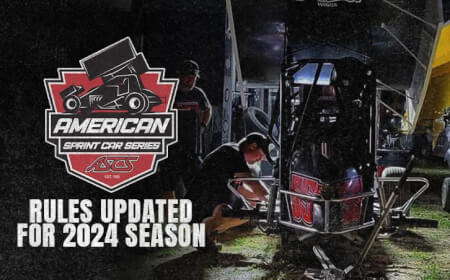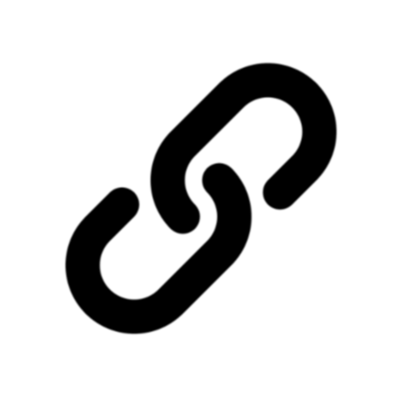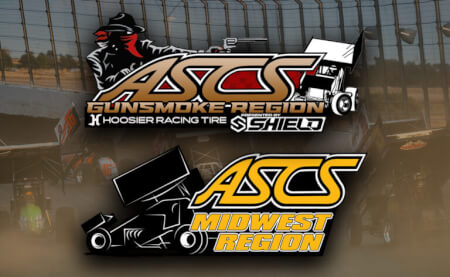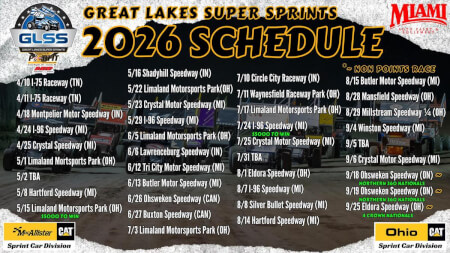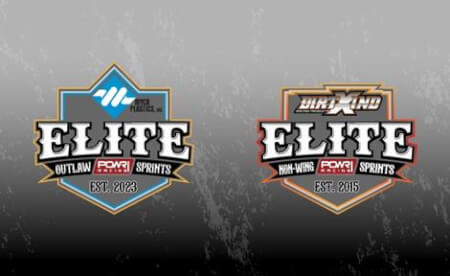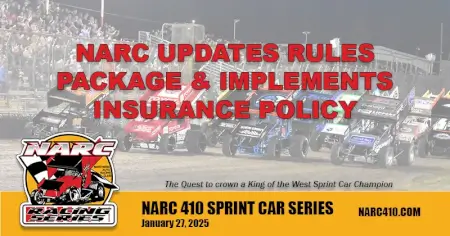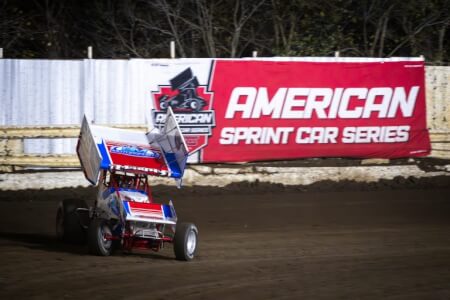April 18th 2024
ASCS rules update for 2024
The 2024 rules and procedures for the American Sprint Car Series have been updated and posted.
Rules, including the recently announced nighty format, can be downloaded at https://www.ascsracing.com/downloads/get.aspx?i=928221. The updated rules package includes a technical bulletin detailing the rules that govern and mandate safety equipment that has been extensively reworked, with specifics on equipment, parts, and guidelines.
A grace period through June 1, 2024, is in place for teams to bring their cars into compliance with the new rules.
The updated safety rules are as follows:
Section 10 Safety – 2 & 4
A. Seat Belt and Restraint System
a. Each car must be equipped with minimum of an SFI 16.1 or SFI 16.5 approved restraint system. Restraint system will be eligible for use in competition until the expiration date or for 2 years from the date of manufacture. Seat belt restraint systems shall be installed and used in accordance with manufacturer’s instructions.
b. In any type of manufacturer’s installation, the fasteners must be as supplied by the manufacturer. The seat belts must be mounted to the chassis per the manufacturer’s instructions. No belts to seat installation will be allowed.
c. Seat belt material should not be permitted to come in contact with any sharp or metal edge, including when the material passes through the seat.
b. In any type of manufacturer’s installation, the fasteners must be as supplied by the manufacturer. The seat belts must be mounted to the chassis per the manufacturer’s instructions. No belts to seat installation will be allowed.
c. Seat belt material should not be permitted to come in contact with any sharp or metal edge, including when the material passes through the seat.
B. Seats
a. All current seats must be full containment type constructed of aluminum or approved carbon fiber and must adhere to the general design speciation of SFI 39.2 seat construction standards. Design shall include comprehensive head surround, shoulder and torso support system, energy impact foam, and removable head foam.
b. Carbon Fiber seats must have a current valid SFI 39.2 certification.
c. Updating a current seat with bolt on kits will be permitted with a seat manufacturer produced kit and an acceptable base seat approved by the seat manufacturer. Components must include comprehensive head surround, shoulder and torso support system, and energy impact foam. Must be installed in accordance to seat manufacturer's instructions. Combining components may not meet SFI 39.2 certification.
d. Seats must be used as supplied and installed following instructions provided by the seat manufacturer.
e. If the left side head surround is 7”-inches or less when measured from the back of the headrest, then a left side head net meeting the SFI 37.1 must be installed with a quick release latch. A minimum left side head surround of 4”-inches is required.
b. Carbon Fiber seats must have a current valid SFI 39.2 certification.
c. Updating a current seat with bolt on kits will be permitted with a seat manufacturer produced kit and an acceptable base seat approved by the seat manufacturer. Components must include comprehensive head surround, shoulder and torso support system, and energy impact foam. Must be installed in accordance to seat manufacturer's instructions. Combining components may not meet SFI 39.2 certification.
d. Seats must be used as supplied and installed following instructions provided by the seat manufacturer.
e. If the left side head surround is 7”-inches or less when measured from the back of the headrest, then a left side head net meeting the SFI 37.1 must be installed with a quick release latch. A minimum left side head surround of 4”-inches is required.
C. Protective Clothing
a. All drivers will be required to wear a fire-resistant driving uniform meeting minimum of the SFI 3.2A/5 speciation and display a valid SFI 3.2A/5 label on the outside of the uniform.
b. Drivers must wear gloves at all times they are on track. Driver's gloves must meet or exceed the SFI 3.3 speciation and have a legible and valid SFI 3.3 label.
c. Drivers must wear shoes that meet a minimum of the SFI 3.3 specification and display a valid SFI 3.3 label.
b. Drivers must wear gloves at all times they are on track. Driver's gloves must meet or exceed the SFI 3.3 speciation and have a legible and valid SFI 3.3 label.
c. Drivers must wear shoes that meet a minimum of the SFI 3.3 specification and display a valid SFI 3.3 label.
D. Helmets
All drivers must wear a full-face helmet with a minimum safety rating of FIA 8859-2015, FIA 8860-2018, Snell SA2020, Snell EA2016, Snell SA2015
E. Head and Neck Restraints
a. Drivers, at all times they are on the track, must have their helmets correctly (following manufacturers installation and use instructions) connected to an approved head and neck restraint.
b. The head and neck restraint must be SFI 38.1 approved and display a legible and valid SFI 38.1 label. Per SFI 38.1 head and neck devices should be recertified every 5 years, this will become mandatory in the near future.
b. The head and neck restraint must be SFI 38.1 approved and display a legible and valid SFI 38.1 label. Per SFI 38.1 head and neck devices should be recertified every 5 years, this will become mandatory in the near future.
Section 6 Chassis Specification -NEW 17 & 18
- Torsion arm retainers will be mandatory on both sides of the front torsion bars. The retainer may be of the rod-type with a securing cap or insert with an expanding mandrel and/or any other approved Torsion arm retainer design. Torsion arm retainers must be installed and used in accordance with the manufacturer’s instructions.
- Approved front axle tether systems are mandatory. The tether mounting must meet the SFI 55.1 specifications, which includes two (2) Vectran® HS V-12 or Dynemma 12 tethers attached to the chassis. Tether systems must include a “kingpin to kingpin” tether that will attach to the axle clamp/band or pass through the loop of wrap style axle tethers. Tether cables should be installed using the manufacturer's provided fasteners. Tether systems of any type must be pre-approved and installed in accordance with the manufacturer’s instructions. “Bolt to bolt” radius rod axle tethers will be allowed. All axle tether systems must clamp to or wrap around the axle per the manufacturer’s instructions. No web material ty
The safety technical bulletin can also be downloaded at https://www.ascsracing.com/downloads/get.aspx?i=928222.
Located within the main body of the rules, Section 4, paragraph H, the wording has been updated to emphasize that tie rods and the left front radius rod can no longer be aluminum. This will be enforced across all sanctions of the American Sprint Car Series.
Teams are responsible for knowing and understanding the rules set forth by World Racing Group for use with the American Sprint Car Series. Questions about rules and procedures can be directed to Cody Cordell at (918) 407-1879, or ccordell@dirtcar.com.
A reminder that all teams competing in ASCS competition must have a current DIRTcar Membership. That can be purchased at https://shorturl.at/nuIU2. The membership is $125 and is good for the 2024 calendar year.
For other news, notes, and information on any of the tours under the ASCS banner, log onto http://www.ascsracing.com, follow on Facebook, Instagram, and Twitter (@ascsracing).
For more Industry News, please Click Here
